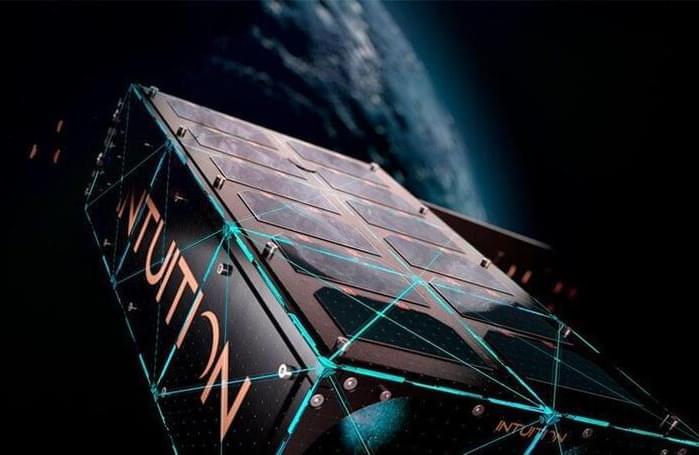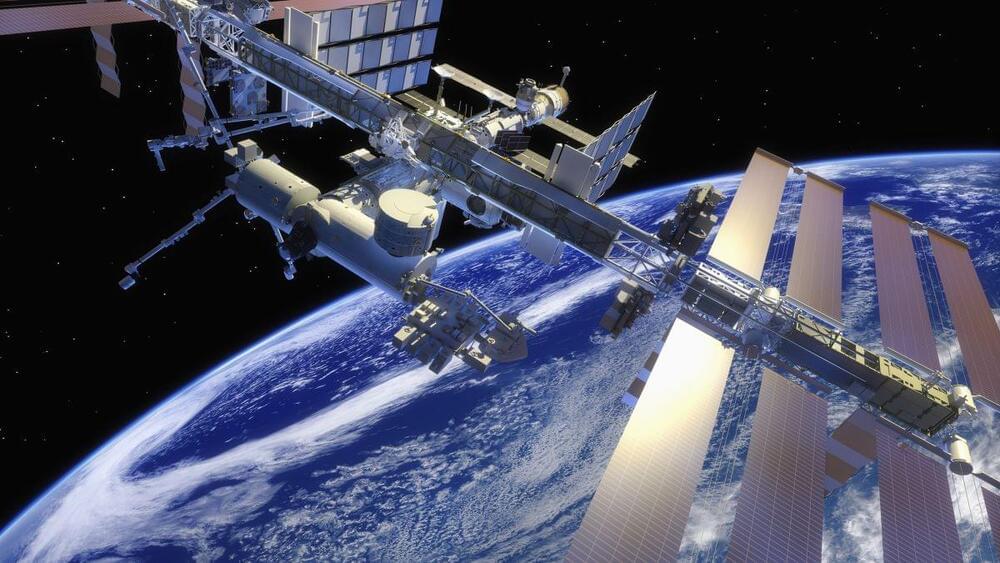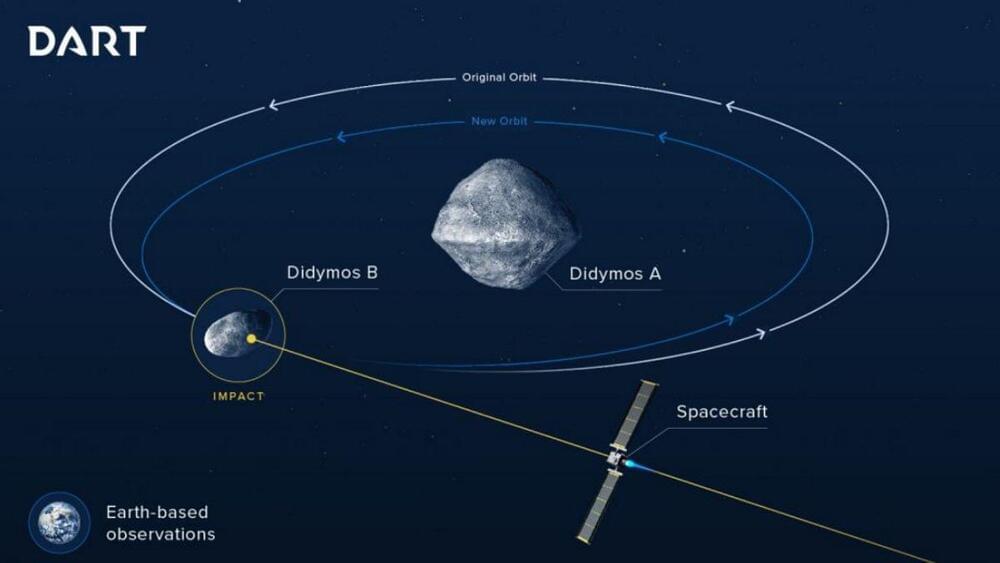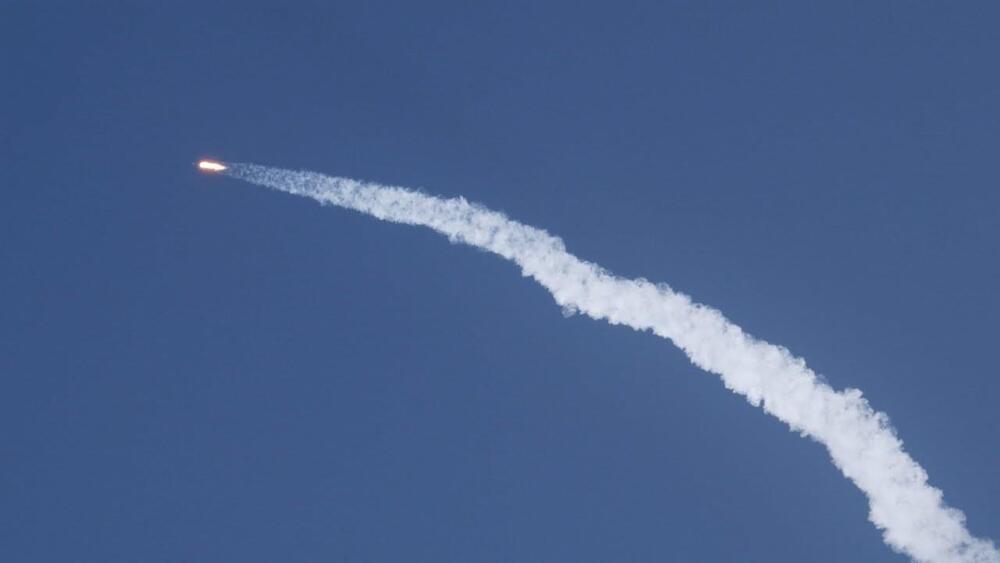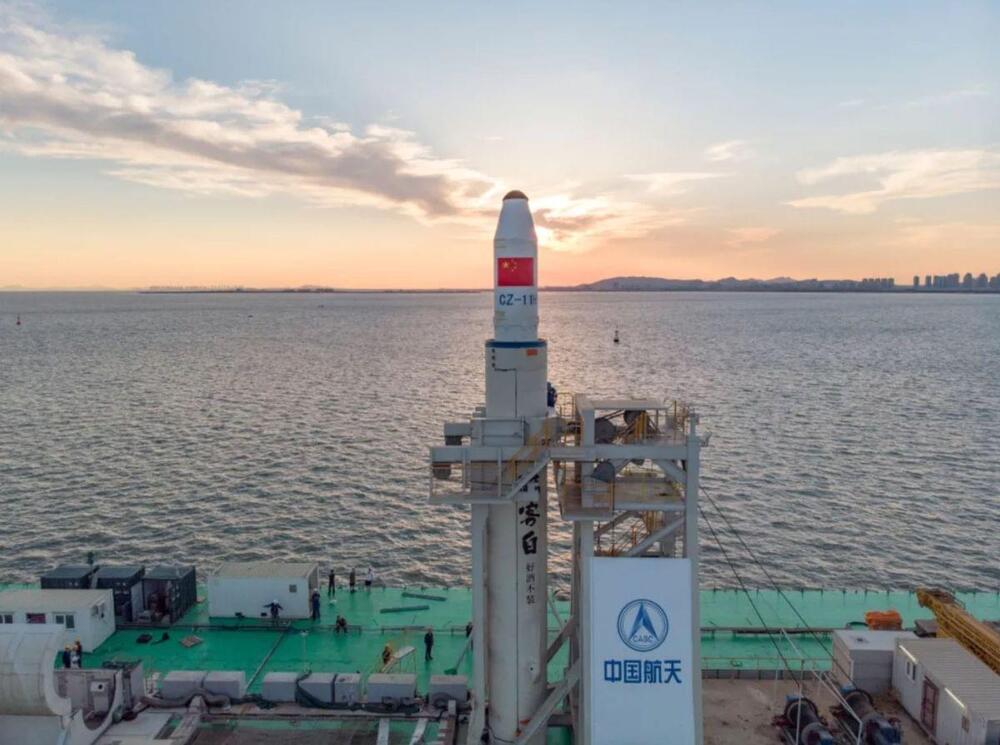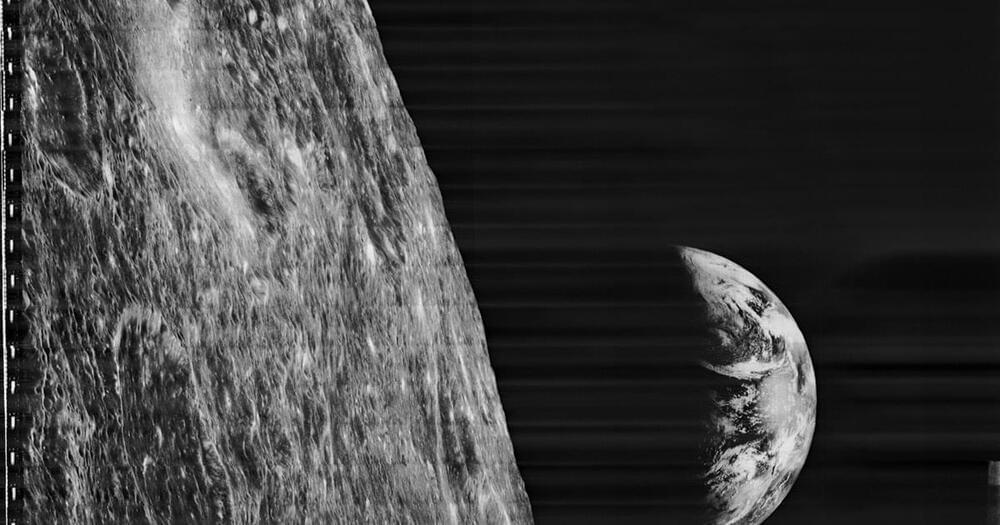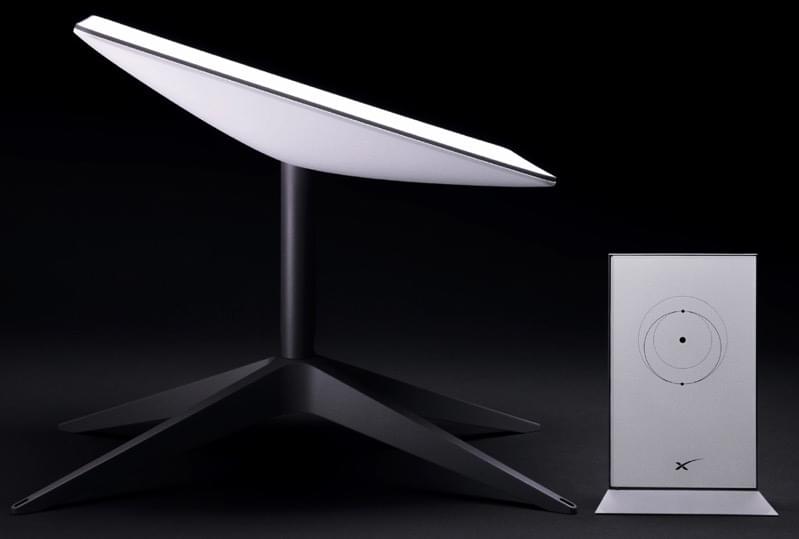Nov 18, 2021
New Electric Propulsion Engine For Spacecraft Test-Fired in Orbit For First Time
Posted by Quinn Sena in categories: particle physics, satellites
For the satellites spinning around Earth, using electricity to ionize and push particles of xenon gets them to go where they need to go. While xenon atoms ionize easily and are heavy enough to build thrust, the gas is rare and expensive, not to mention difficult to store.
Thanks to new research, we could soon have an alternative. Enter iodine.
Full in-orbit operation of a satellite powered by iodine gas has now been carried out by space tech company ThrustMe, and the technology promises to lead to satellite propulsion systems that are more efficient and affordable than ever before.

